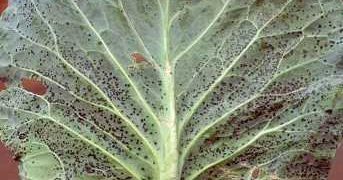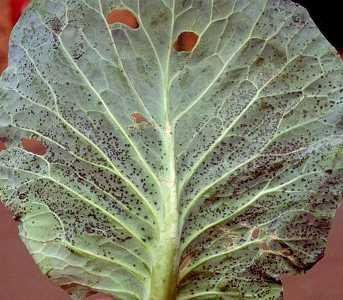#AlternariaLeafSpot #BrassicaCrops #FungalDisease #CropYield #IntegratedPestManagement #Fungicides #FoodSecurity #Sanitation #CropRotation #EnvironmentalImpact #PathogenResistance
Brassica crops, such as broccoli, cabbage, and cauliflower, are vulnerable to Alternaria leaf spot, a fungal disease caused by the pathogen Alternaria brassicae. This disease affects the foliage of the plant, causing dark, sunken spots on the leaves that can lead to defoliation and reduced crop yield.
To manage Alternaria leaf spot, it’s important to understand the disease’s development and lifecycle. The pathogen can overwinter in crop debris and soil, and spores can be spread by wind, water, and equipment. The disease thrives in warm, humid conditions, and can be exacerbated by overcrowding and poor sanitation practices.
To prevent Alternaria leaf spot, growers should practice crop rotation, remove and destroy diseased plant material, and avoid overhead irrigation. Fungicides can also be effective, but should be used judiciously to avoid the development of resistant strains of the pathogen.
In addition to the economic impact on growers, Alternaria leaf spot can also have environmental consequences. Fungicides can have negative effects on non-target organisms, and the loss of crop yield can lead to food shortages and price increases.
Overall, understanding and managing Alternaria leaf spot is crucial for maintaining healthy brassica crops and ensuring food security. By practicing good sanitation and using integrated pest management strategies, growers can help prevent the spread of this damaging disease.































